Grand Opening: “Yusuitei” – New Cultural Hub at Suizenji Jojuen Garden
Situated on the approach to the esteemed Suizenji Jojuen Garden, "Yusuitei" is a new place for visitors and locals alike to gather and immerse themselves in the spirit of Hosokawa culture. Enjoy traditional tastes like Suizenji vegetables and Job's tears candy, or engage in cultural activities such as the intricate art of Bonseki landscaping.

Kumamoto’s esteemed Suizenji Jojuen Garden, often mentioned in the same breath as Kumamoto Castle, welcomes its newest addition, Yusuitei (湧水亭), a center dedicated to promoting the history and culture of the Hosokawa family, who were lords of the Higo Province during the Edo period. Previously located at the back of the park, Yusuitei has now found a new home along the main pathway leading into the garden.
Located to the left as you face the torii gate…
…it sits directly opposite Wa Collection Mito, a popular place to rent a kimono for the day.
Yusuitei isn’t just a visitor center; it’s an experience hub where you can learn about local culture, receive tourist information, and shop for unique souvenirs. Plus, it offers a free hydration station and resting spot.
However, the real focus at Yusuitei is Hosokawa Culture.
The garden was established in 1671 by Hosokawa Tadatoshi, then lord of Kumamoto Castle, in honor of his mother, Hosokawa Gracia. The Hosokawa family’s rule spanned over 200 years until the Meiji Restoration, with the family’s current patriarch being former Prime Minister Morihiro Hosokawa, a notable public figure.
This spring, the current heir Morimitsu Hosokawa hosted a pottery exhibition in the garden, some of which are now on display at Yusuitei.
Souvenirs Connected to the Hosokawa Clan
Before diving into the history, let’s explore some of the unique, only-in-Suizenji souvenirs that are on offer.
◆Suizenji-na Ice Cream
Wondering what “Suizenji-na” means? It refers to a vegetable (水前寺菜, lit. Suizenji greens) cultivated using the pure subterranean waters of Mount Aso that spring up in Suizenji. This healthy traditional vegetable from Kumamoto is rich in polyphenols and iron, and I grow it in my garden as well!
The ice cream, priced at 380 yen, features the unique colors of Suizenjina—green on the top and purple on the underside—making for a delightful treat. You can enjoy it right there at Yusuitei while taking in the surroundings.
◆Suizenjina Leaves in Sake Lees
Prepared by a local Japanese restaurant (Nihon Ryori Haraguchi), this product combines the nutritious Suizenji greens, with the flavorful sake lees from Kumamoto’s Zuiyo brewery. Traditionally used in Japanese cuisine, sake lees are the pressings left from sake production, offering a rich, umami flavor to the vegetables.
Packaged for convenience, this product is perfect as a gourmet souvenir or a delightful accompaniment to your favorite drink.
◆Higo Vegetable Hosomaki Rolls
Also prepared by Nihon Ryori Haraguchi, the “Higo Vegetable Hosomaki” come with three types of fillings: Suizenji Soybean Sprouts, Suizenji-na, and Karashi Renkon (spicy mustard-filled lotus root), each offering a taste of vegetables long cultivated locally in Edo-period Kumamoto.
These rolls are quick-frozen using technology that preservers their flavor, color and aroma. Although sold frozen, they come with instructions for optimal thawing and microwaving. They are best enjoyed thawed naturally, but come with instructions for optimal microwave heating if you’re in a hurry. A pack of ten costs 550 yen.
The Karashi Renkon Spicy Lotus Root is especially notable. Originally developed as a nutritious dish for the ailing Lord Hosokawa Tadatoshi, it was based on the advice of a Zen monk named Gentaku, who suggested using lotus roots grown in the moats of Kumamoto Castle as a tonic to reinvigorate him.
On the monk’s entaku’s recommendation, the Hosokawa family chef created a dish now known as Spicy Lotus Root, which involves stuffing the holes of lotus roots with mustard and miso paste, and then battering and deep-frying them. Karashi Rekon has since become a iconic dish and souvenir representing Kumamoto.
◆Mori Karashi Renkon Chips
The inventive chef was bequeathed the surname “Mori” as a reward for his creation (at the time, commoners did not normally have surnames). His descendants continue to honor his legacy through “Mori Karashi Renkon” (森からし蓮根) which still uses his original recipes.
At Yusuitei, you can find Karashi Renkon-flavored lotus root chips, capturing the essence of the traditional dish in a modern snack form. Each small bag is priced at 216 yen.
◆Karashi Renkon Flavor Menbei
On April 10, 2024, the popular Fukuoka snack maker Menbei released a new version of their spicy cod roe cracker in this Kumamoto-themed flavor.
Flavors like “Akaushi Beef” already exist, but the combination of spicy cod roe and spicy lotus root promises an new and exciting level of heat.
◆Yokinin-to (薏苡仁糖, Job’s Tears Candy)
“Yokinin” (薏苡仁, pronounced yìyǐ rén in Chinese) refers to the seeds of the Job’s tears plant, commonly used in traditional Chinese medicine and called hatomugi (ハトムギ) in Japanese. This traditional sweet takes the grains of Job’s tears, and sets them with mizuame (水飴, literally “water candy”), a traditional Japanese sweetening syrup made from malted grains like rice. This combination of Job’s tears and mizuame syrup creating a crumbly texture and a subtly sweet taste.
The invention of this confection is attributed to Lord Tadaoki Hosokawa, the father of Tadatoshi. Tadaoki was one of “Rikyu’s Seven Sages“, known for their exceptional skills among the disciples of the tea master Sen no Rikyu. Being a tea connoisseur, Tadaoki crafted this unique tea sweet.
Even the famed swordsman Miyamoto Musashi, who was once a guest of Tadatoshi’s, spending an extended periof of time in Kumamoto, is recorded to have made his own version of this Job’s tears snack. Instead of “Yoki-nin sugar,” he used the word “Shinobi,” thus naming it “Shinobi Sugar” (薏苡忍糖).
However, production of the “Yokinin-to” had ceased in the 1970s. It was later revived by the “Higo Hatomugi (Job’s tears) Association, Nichigetsu-tei.” The sweet won the Minister of Agriculture, Forestry and Fisheries Award at the 2021 Excellent Local Food Products National Competition for its outstanding use of domestic agricultural and forestry products, showcasing its high quality and cultural significance.
Permanent Exhibits of Hosokawa-style Bonseki and Pottery
◆Yabusame (Horseback Archery) Artifacts
Visible from outside, the display includes tools and equipment used in yabusame, traditional Japanese mounted archery.
◆Hosokawa-style Bonseki
Upon entering the building, you are greeted by exquisite pieces of Hosokawa-style bonseki (細川流盆石).
Bonseki is the art of creating miniature landscapes on black lacquer trays using white sand and rocks. It’s a deeply engaging art form that I have briefly studied myself, and it’s incredibly captivating.
The tradition of Hosokawa-style bonseki was initiated by Lord Tadatoshi, aformentioned tea ceremony master, who famously decorated his hospitality settings with intricate bonseki displays. Adding poems alongside the arrangement is a unique characteristic of the Hosokawa style.
Creating beautiful landscapes with sand using a feather is a delightful part of bonseki. Experiences are available on the second floor of Yusuikan, currently only on Tuesdays and Sundays, with times and fees yet to be determined.
◆Historical Manga
Yusuikan also displays various manga and books related to figures associated with the Hosokawa clan, such as the aforementioned Hosokawa Gracia and Miyamoto Musashi, enhancing the cultural experience for visitors.
On-Site Guides and Special Mementos
◆Tourist Pamphlets
At “Yusuitei,” which has transitioned to function as a visitor center unlike its previous location at Gentaku Temple, you’ll find hand-drawn maps and brochures that weren’t available before. They also provide tourist information services.
◆On-Site Guides
Guided tours of Suizenji Jojuen Garden in Japanese or English are available seven times a day, each lasting about 45 minutes. Tours start every hour, on the hour from 9:00 am to 3:00 pm, with a capacity of up to 8 people. The cost is 1,000 yen per person, but groups of five or more pay a flat rate of 5,000 yen.
◆Goteiin “Garden Stamps” Initiative
An exciting feature not to be missed is the “Garden Stamp” (御庭印) creatively developed by Ms. Miyamoto Sachi from the Kumamoto International Tourism Convention Association, which manages Yusuitei.
Suizenji Jojuen Garden is part of the Izumi Shrine grounds, where visitors typically collect goshuin (御朱印, shrine stamps). Ms. Miyamoto explains, “The popularity of collecting goshuin inspired us to create a similar kind of stamp for Kumamoto Castle as a memorable keepsake. Now, we’ve introduced the ‘Garden Stamp’ for Suizenji Joju-en.”
To enhance visitor experience, collecting all three stamps—the shrine, castle, and garden stamp—and presenting them at designated locations outside Izumi Shrine entitles you to a small token of appreciation (valid until June 30, 2024).
Ms. Miyamoto adds, “Purchasing a favorite souvenir can make every glance a reminder of a pleasant visit to Suizenji. That’s why quality merchandise is so important.” She frequently checks out products from companies that exhibit at events like the Tokyo Gift Show.
In the past, local souvenirs at tourist spots typically included pennants and lanterns. Today, the trend has shifted towards items like keychains, clear files, pens, and other stationery, as well as traditional Japanese textiles like tenugui hand towels. These items, adorned with Japanese patterns, have become especially popular. Personally, I’ve collected clear files featuring Sengoku period warlords from various places and keep them as cherished collectibles without using them.
◆Suizenji-na Face Mask
Containing the nourishing waters of Suizenji, Suizenjina face masks are also on sale. It’s exciting to see Suizenji greens making their debut in skincare.
Further Enhancing Visitor Enjoyment
◆Cultural Experiences
Yuusuitei offers more than just a glimpse into traditional Japanese arts; it serves as a hub for various cultural experiences.
Inside, visitors can learn about the Higo Koryu tea ceremony style that traces its roots back to Sen no Rikyu. The facility also is considering programs that include tea ceremony, calligraphy, and origami, all tailored to captivate both domestic and international visitors.
◆Free Water Refill Station
As part of its environmental initiatives, Yusuitei operates a water refill station in collaboration with MUJI, providing Kumamoto City’s groundwater free of charge. Visitors are encouraged to bring their own bottles as paper cups are not available. Stainless steel bottles will also be offered for sale soon.
While Suizenji Jojuen Garden itself features a pond fed by springs, and visitors can drink from the spring water where fuedal lords once quenched their thirst, there is an entrance fee. However, Yuusuitei offers a free hydration and rest stop.
With tea and juices also available for purchase, and a wealth of informational pamphlets on hand, why not drop by Yuusuitei for a refreshing break?
The above was translated and adapted from an article on our Japanese-language sister website ALT Kumamoto, titled ”【オープン!】『水前寺肥後細川文化発信拠点 湧水亭』が移転リニューアル!” For the original content, visit https://akumamoto.jp/archives/222312.


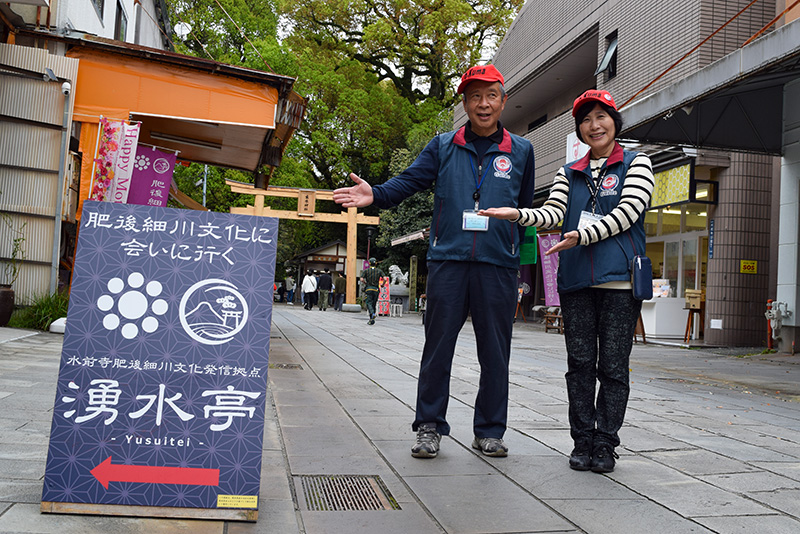
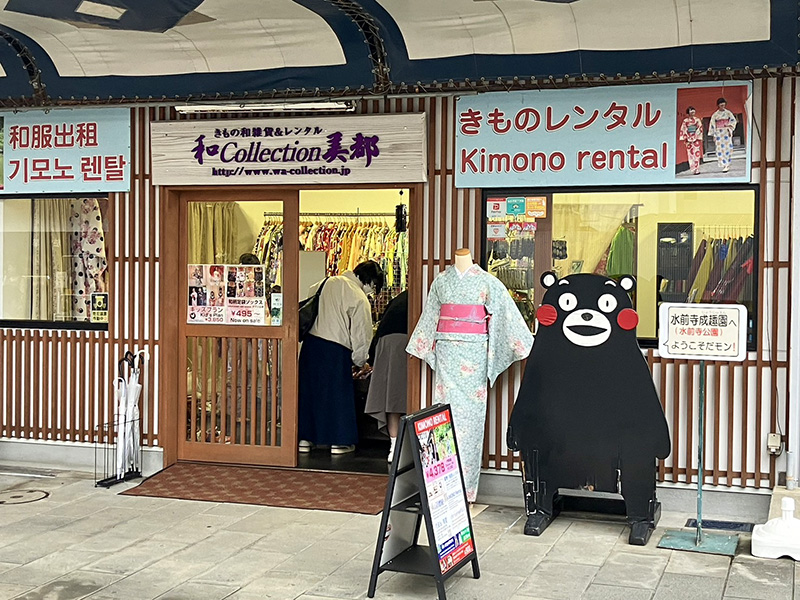



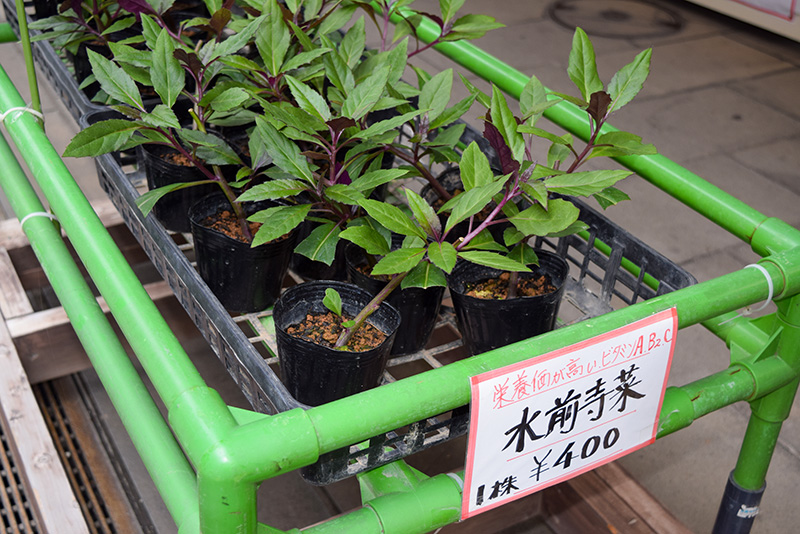

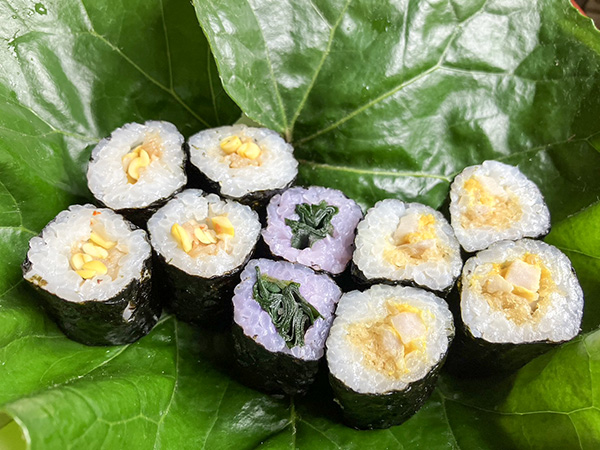
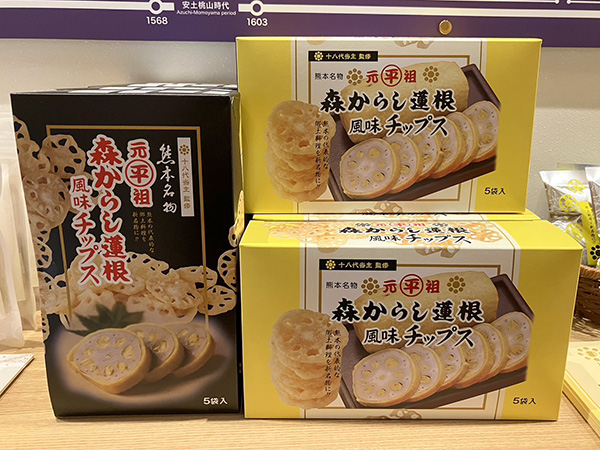
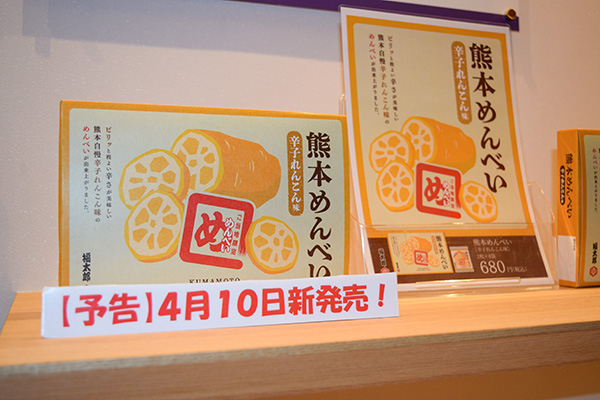
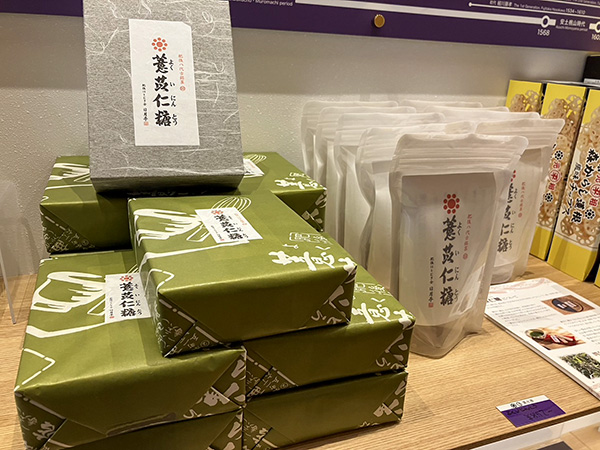


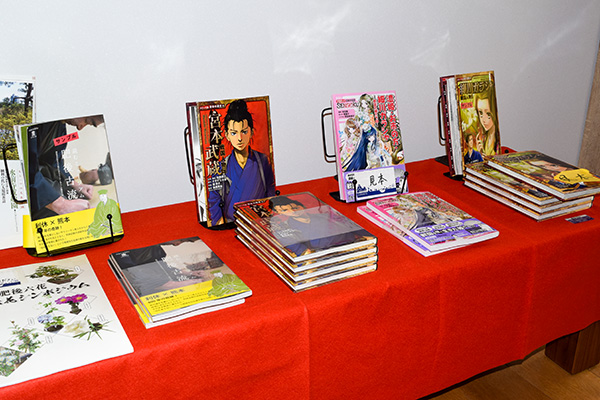


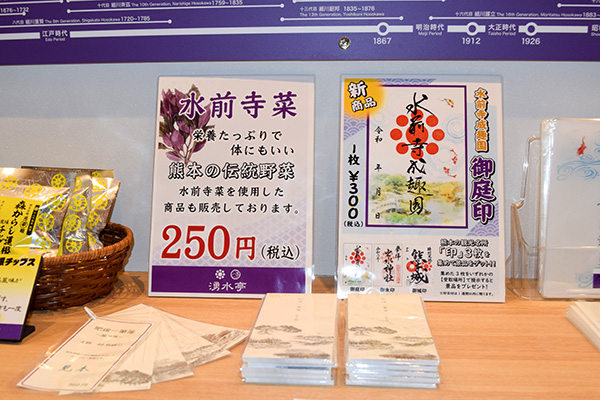


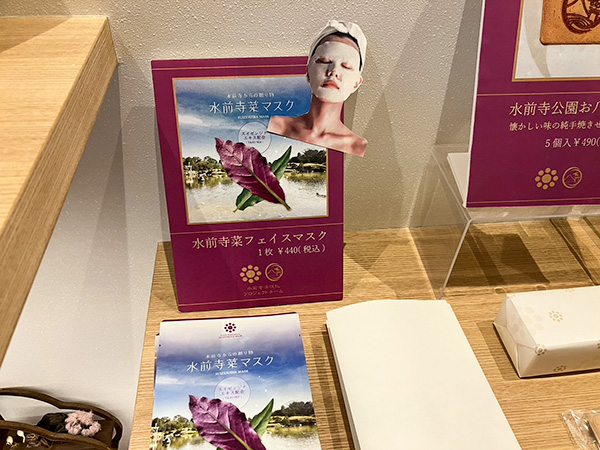
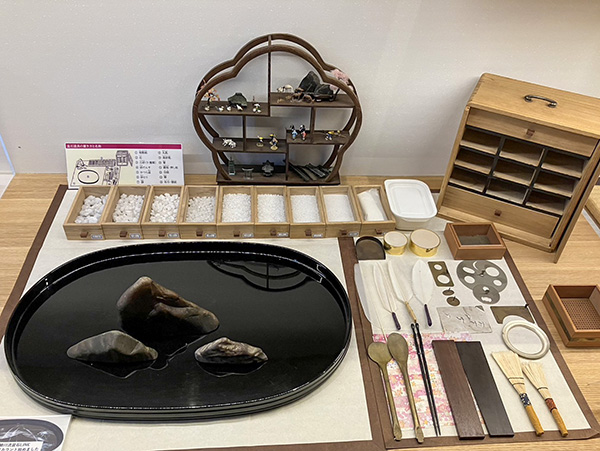
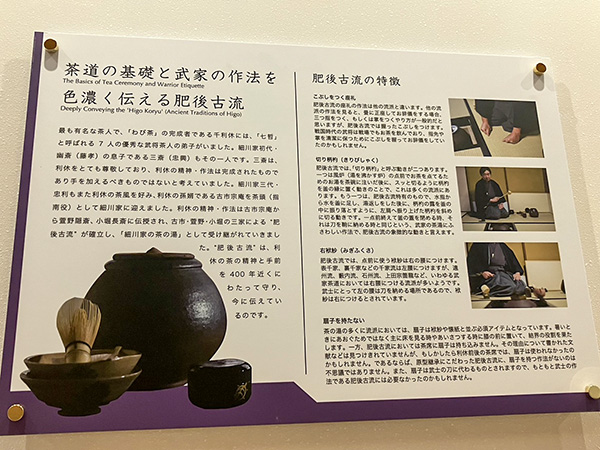

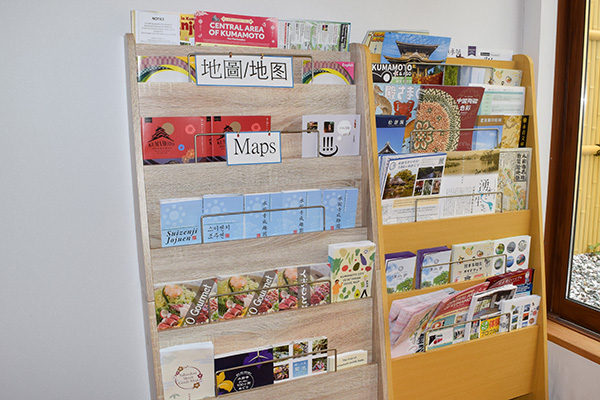


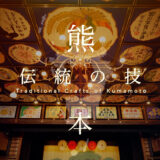
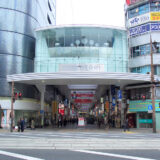


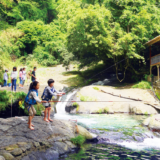
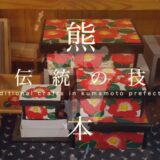
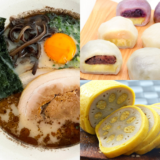
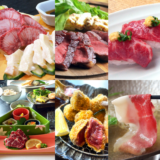
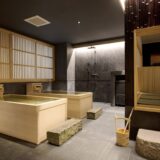
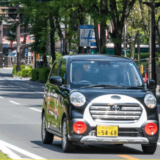



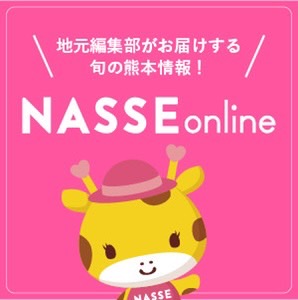
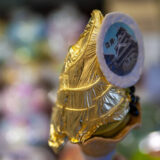




If you would like to comment, please do so below.